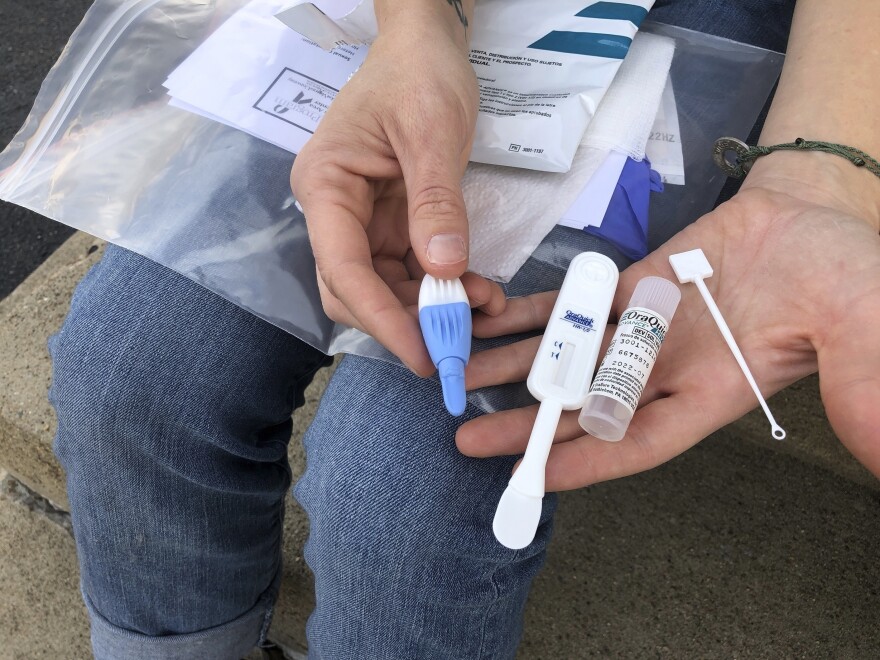The AIDS Funding Collaborative, a coalition of funders addressing HIV/AIDS, met with activists, government officials, agency staff, academics and those living with the virus April 29.
The meeting was meant to be the first step toward developing a local response to counter potential federal Medicaid cuts that could undermine the program, said Julie Patterson, director of AIDS Funding Collaborative.
The collaborative is anticipating cuts to Medicaid, which is the primary source of health insurance coverage for people living with HIV. An estimated 40% of this population are covered by the program, according to the group.
“There's no roadmap for this time, so we need to continue to be in dialog to make sure that each change that happens, we can respond together," Patterson said. "We want to be ready for the worst-case scenario.”
However, the timing of the next steps is fluid, she said. The main idea is keeping the lines of communication open and being ready to move as soon as there are any signs of changes in federal funding, Patterson said.
"It's working through those relationships and those mechanisms that exist, so continuing dialog through the meetings that are already in place that support the systems of care and the prevention," she said. "[It's] working with our public officials, working with the folks who were the administrators of these programs to ensure we know what's happening, and then folks can respond within the organizations within the community."
The focus for planning is on ensuring those with the disease continue to have access to the medication they need, she said.
"The biggest concern has been around medications, so that the emergency action planning is around medications with the clinicians, the systems that are most closely involved with that," Patterson said. "But it will be a continuing process of being in touch as things evolve."
Gil Kudrin, an AIDS activist with ACT UP Cleveland, agreed that ensuring access to medications was the most important issue, but noted a need for more urgency.
“As a person with AIDS, I'm seeing no urgency. I know 10 people, easily 10 people, that would be dead if you took their medication six months from now. I may be one of them,” Kudrin said, adding that local governments should treat the potential cuts as a public health crisis.
New diagnoses of HIV in Cuyahoga County had been on a decline since 2020, but increased in 2023, according to the Cuyahoga County Board of Health.

Data show most new cases of HIV in the county from 2018-2022 occurred in Cleveland's East and West Side neighborhoods.
The Cuyahoga County Board of Health says populations disproportionately experiencing the most new diagnoses are men, Black or African-American people, men who have sex with men, and people under the age of 30. People in the 20-24 age range saw the highest number of new diagnoses in 2023, according to the board of health.








